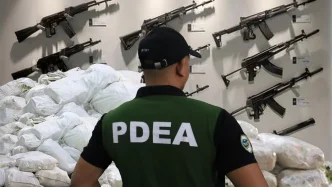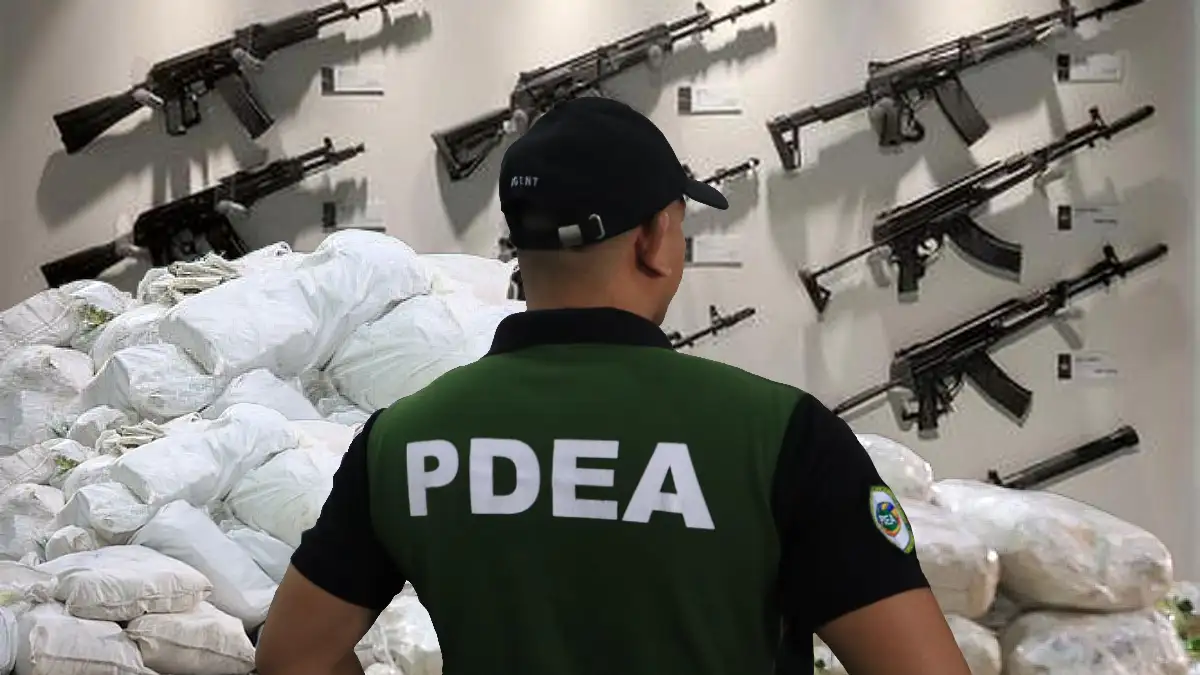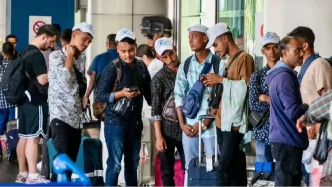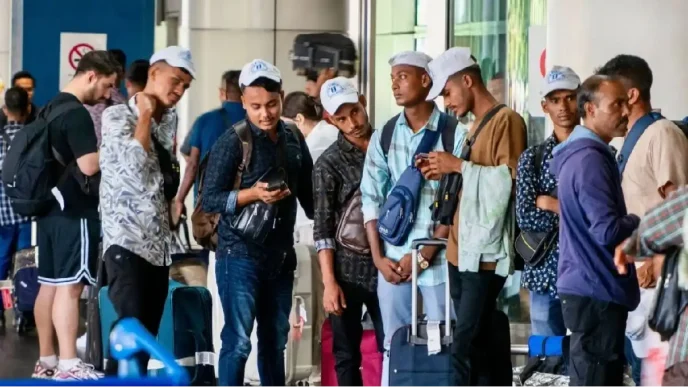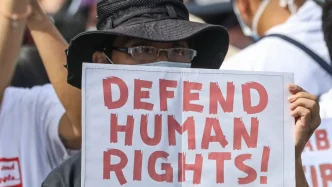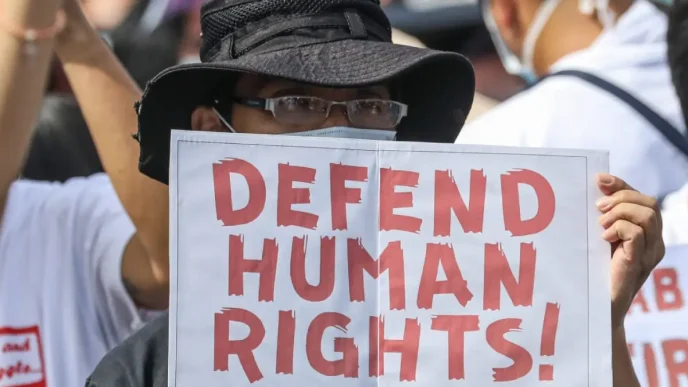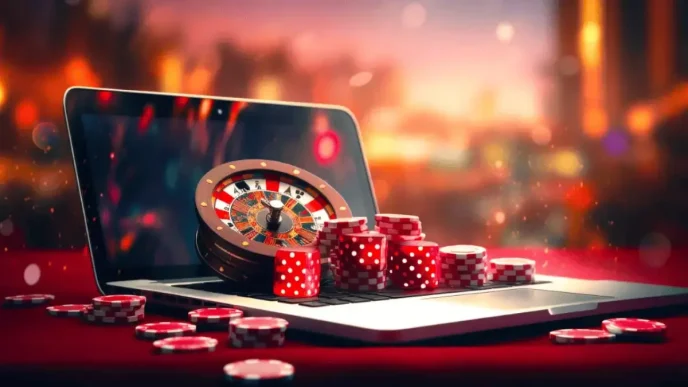In a significant move to curb the illegal drug trade, the Philippine government is set to destroy billions of pesos worth of seized narcotics today, including a massive haul of crystal methamphetamine, or “shabu,” valued at over P9 billion. President Ferdinand Marcos Jr. inspected the contraband at the Philippine Drug Enforcement Agency (PDEA) headquarters in Quezon City on Tuesday, issuing a directive for its immediate destruction to prevent recirculation into communities. The event marks a cornerstone of Marcos’ self-described “bloodless” antinarcotics campaign, which he claims has yielded unprecedented success over the past three years.
Massive Drug Haul and Destruction Orders
The drugs scheduled for destruction include 1,304 kilograms of shabu worth P8.871 billion, recently recovered by fishermen off the shores of Central Luzon, Ilocos, and Cagayan Valley regions. Additionally, 226 kilograms of assorted dangerous drugs valued at P609 million, seized in separate operations and subject to court orders, will also be destroyed at a waste management facility in Capas, Tarlac. Marcos is expected to witness the process, emphasizing the administration’s commitment to transparency in handling such sensitive operations.
The President highlighted that the packs of shabu retrieved from provinces such as Zambales, Ilocos Sur, Ilocos Norte, Pangasinan, and Cagayan represent the largest drug haul in the past six months. He noted the cumulative value of methamphetamine seized over the last three years stands at P62 billion, a figure he described as the most significant within such a timeframe. “We are hitting the drug trade at the highest level and at the lowest level, and we are beginning to see some measure of success” Marcos stated during his inspection.
A Shift to a ‘Bloodless’ Approach
Marcos’ administration has sought to distinguish its antinarcotics strategy from that of his predecessor, Rodrigo Duterte, whose tenure saw over 6,000 drug suspects killed in police operations and alleged summary executions. Instead, the current policy focuses on what Marcos calls a “new concept” of tackling the drug problem—a peaceful approach that prioritizes interdiction, prevention, and rehabilitation over violent confrontation. “The new concept of the war against drugs is working. So, we will continue down that vein” he affirmed, suggesting that early results indicate a positive impact.
This shift in policy comes amid ongoing public scrutiny over the human cost of past antinarcotics efforts. Marcos emphasized that law enforcement agencies, including the PDEA and the Philippine National Police (PNP), are tasked with continuing the fight against illegal drugs in a manner that avoids unnecessary bloodshed. He also assured Filipinos that efforts to prevent drug addiction and rehabilitate dependents would be intensified alongside stricter enforcement against drug lords, syndicates, and street-level peddlers.
Concerns Over Transparency and Accountability
To address historical concerns about corruption within law enforcement, Marcos urged media organizations to witness the destruction of the seized drugs. He referenced past incidents where rogue officers allegedly retained portions of confiscated narcotics for resale in communities, underscoring the need for public oversight. “Those selling illegal drugs, shabu on street corners, we should also go after them. Because if they are there, the people feel that they are not safe” he said, highlighting the broader societal impact of the drug trade.
PDEA Director General Isagani Nerez confirmed that the destruction would occur within 24 hours, noting that no arrests were made in connection with the recent hauls, and thus no criminal charges have been filed. This rapid disposal aligns with legal protocols for unclaimed contraband but raises questions about the challenges of tracing the origins and networks behind such significant shipments.
Maritime Haul Sparks Regional Questions
Adding a layer of complexity to the seizures, Rear Admiral Roy Vincent Trinidad, the Philippine Navy spokesperson for the West Philippine Sea, revealed that packs of shabu recovered from a fishing vessel off Zambales last week bore “Chinese characters.” Weighing 1.5 tons and valued at approximately P10 billion, this haul—contained in 50 sacks—is among the largest maritime drug seizures in the country’s history. While no official conclusions have been drawn about the origin or intended destination of the drugs, the markings have fueled speculation about transnational trafficking networks operating in the region.
The Philippines’ location in Southeast Asia positions it as a potential transit hub for illegal narcotics, with routes often stretching across the South China Sea. Analysts suggest that the presence of foreign markings on drug packages could point to broader regional challenges in combating the trade, though no evidence has been presented to confirm specific international links in this case. If verified, such connections could prompt renewed calls for cooperative enforcement efforts with neighboring countries.
Broader Implications for Philippine Society
The scale of the recent seizures underscores the persistent challenge of illegal drugs in the Philippines, a problem that affects not only urban centers but also remote coastal communities where fishermen inadvertently become entangled in the trade. The economic value of the destroyed drugs—equivalent to millions of US dollars (with P62 billion approximating US$1.1 billion based on current exchange rates)—reflects the lucrative nature of the industry, which continues to pose a threat to public safety and national security.
Marcos’ emphasis on a “bloodless” campaign also signals an attempt to rebuild public trust in law enforcement, a trust severely eroded by the violent tactics of the Duterte era. Human rights groups, while cautiously optimistic about the rhetorical shift, have called for concrete measures to ensure accountability and protect vulnerable populations from both the drug trade and potential abuses by authorities. The administration’s focus on rehabilitation is seen as a step forward, though critics argue that systemic issues—such as poverty and lack of access to education—must be addressed to tackle the root causes of drug dependency.
Regional Context and Policy Challenges
Across Southeast Asia, the fight against illegal drugs remains a contentious issue, with countries adopting varying approaches. Thailand, for instance, has moved toward decriminalizing certain substances while maintaining strict penalties for hard drugs like methamphetamine. In contrast, nations like Indonesia continue to enforce harsh punishments, including the death penalty, for drug trafficking. The Philippines’ pivot to a less violent strategy under Marcos could influence regional dialogue on balancing enforcement with human rights considerations, though its effectiveness remains under scrutiny.
Experts note that the destruction of seized drugs, while symbolic, is only one part of a broader battle. Disrupting supply chains, dismantling syndicates, and addressing demand through social programs are equally critical. The maritime nature of recent hauls also highlights the need for enhanced naval and coast guard operations, as well as international collaboration to monitor and intercept shipments before they reach Philippine shores.
Public Sentiment and Future Outlook
As the drugs are destroyed in Tarlac, public reactions are mixed. Some residents of affected regions express relief at the government’s actions, hoping it will deter peddlers from targeting their neighborhoods. Others remain skeptical, citing past failures to curb the trade and lingering distrust in law enforcement. Social media platforms in the Philippines reflect this divide, with users debating whether a “bloodless” approach can truly dismantle deeply entrenched networks.
Looking ahead, the Marcos administration faces the dual challenge of sustaining its antinarcotics momentum while ensuring that enforcement does not revert to the extrajudicial methods of the past. The destruction of billions in seized drugs serves as a public statement of intent, but whether it translates into lasting change remains an open question. As policies evolve, the impact on Filipino communities—particularly those most vulnerable to the drug trade—will be a key measure of success.

